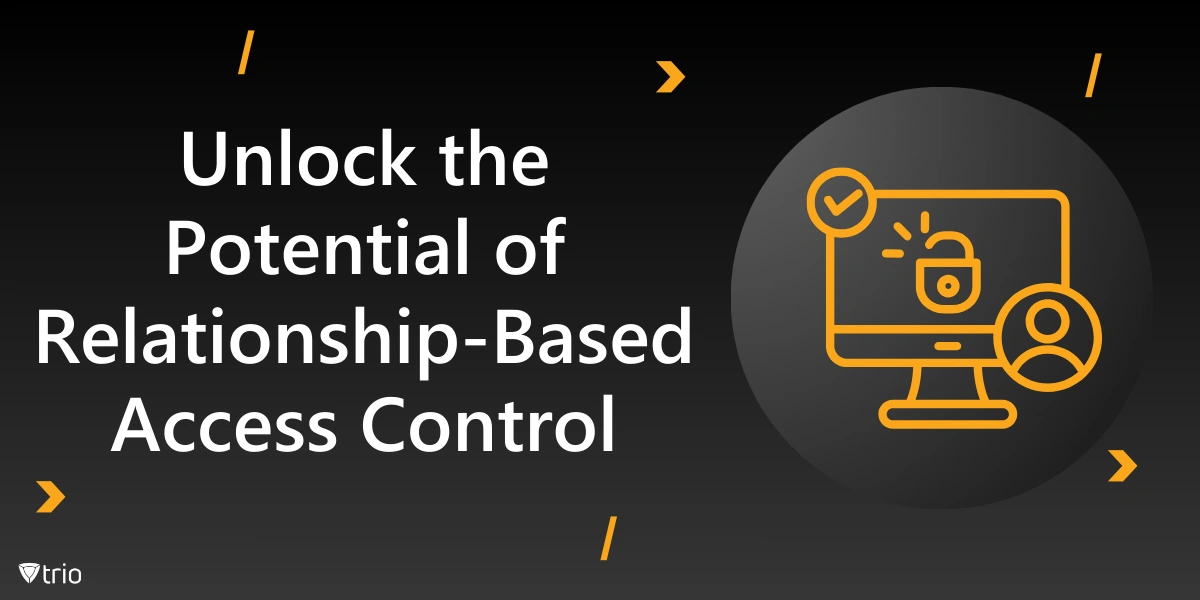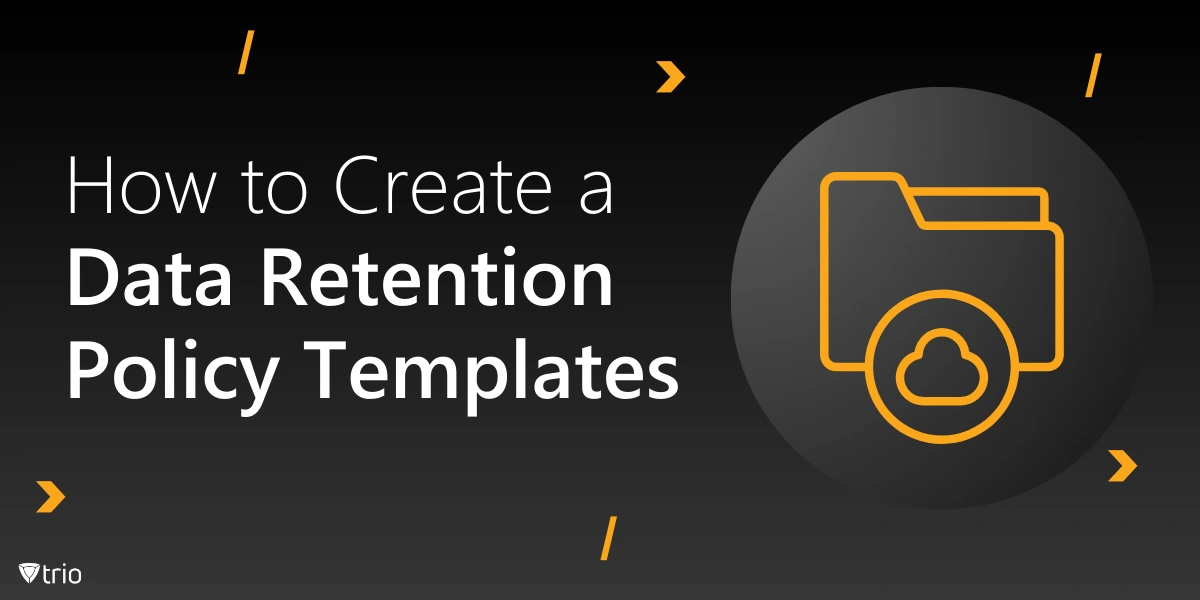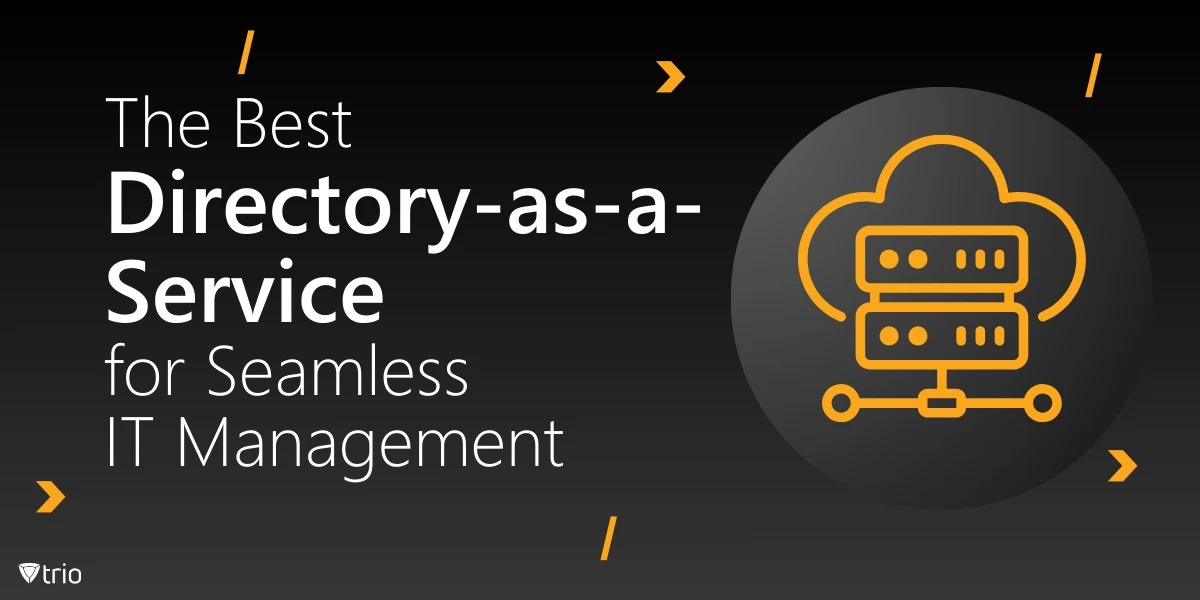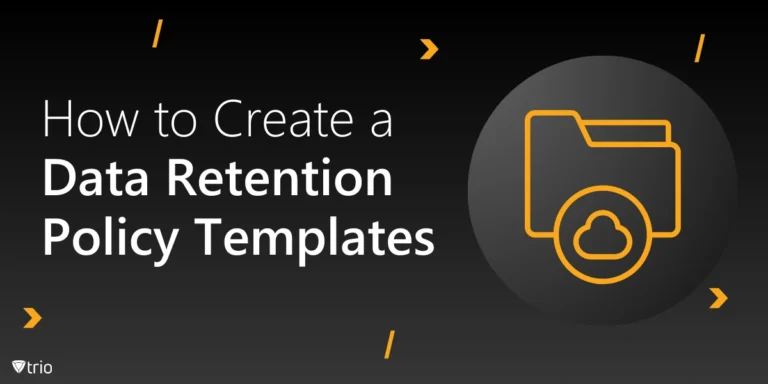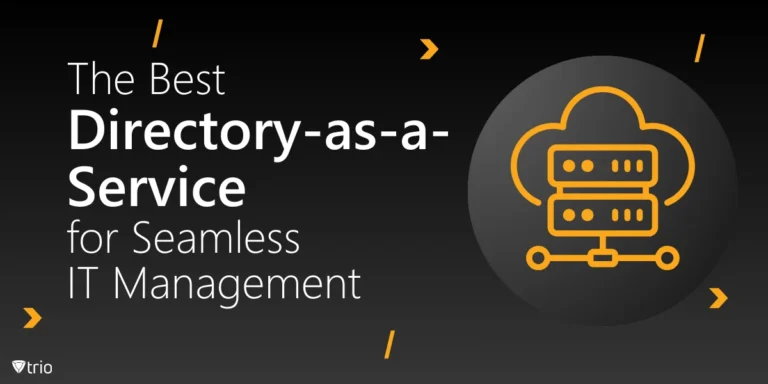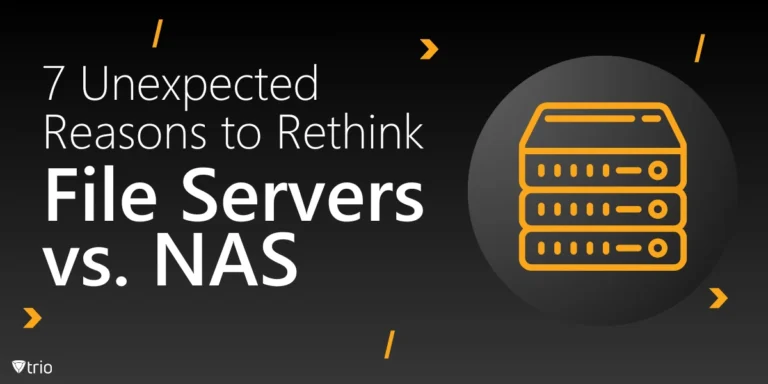Data breaches and unauthorized access to sensitive information are constant threats; therefore, implementing an effective access control system is crucial. While traditional methods like Role-Based Access Control (RBAC) and Discretionary Access Control (DAC) have been widely adopted, they often fall short in dynamic environments. This is where Relationship-Based Access Control (ReBAC) emerges as a game-changer. But what exactly is ReBAC?
Relationship-Based Access Control Meaning
ReBAC is a modern access control model that determines whether access to a resource is granted or denied based on the relationships between entities within a system. Unlike RBAC, which assigns permissions based on predefined roles, ReBAC leverages the connections between users, resources, and contexts to limit access dynamically. It provides a high level of granularity, ensuring that sensitive information is accessible only to those with valid relational context.
For instance, a relationship-based access control example might involve granting a manager access to an employee’s performance review only if the manager directly supervises the employee. This context-aware approach makes ReBAC particularly useful for applications in collaborative environments, social media platforms, and healthcare systems.
How ReBAC Stands Out from Other Access Control Models
Access control models must adapt to modern complexities, and ReBAC excels by dynamically aligning permissions with relationships, unlike static models like RBAC, DAC, and Mandatory Access Control (MAC). This adaptability makes ReBAC a flexible and context-aware solution for evolving IT environments.
Comparing ReBAC with RBAC, DAC, and MAC
Traditional models like RBAC, DAC, and MAC have long been the backbone of access control systems. However, they each have limitations when applied to complex, resource-based scenarios.
- Role-Based Access Control (RBAC): RBAC assigns permissions based on users’ roles or job functions. While it simplifies the assignment of roles, it lacks the flexibility to adapt to intricate relationships.
- Discretionary Access Control (DAC): DAC allows individual users to determine access to resources they own. While customizable, DAC can lead to inconsistent access policies.
- Mandatory Access Control (MAC): MAC enforces strict, hierarchical levels of access, ideal for high-security environments but too rigid for collaborative systems.
ReBAC bridges these gaps by incorporating the dynamic nature of relationships, offering tailored access permissions that adapt to evolving contexts. This provides the much-needed fine-grained access control that modern organizations demand.
Benefits of ReBAC in Modern IT Environments
ReBAC introduces several advantages over traditional models:
- Granularity: It limits access to resources based on specific relationships, ensuring compliance with the principle of least privilege.
- Context Awareness: Permissions dynamically adjust according to the relational context, improving security without compromising usability.
- Scalability: ReBAC is particularly effective in complex environments where users’ roles and relationships constantly change.
ReBAC’s flexibility also complements tools like profile management, ensuring that user information is consistently applied to define access boundaries effectively.

Real-World Applications of Relationship-Based Access Control
ReBAC’s versatility makes it a powerful tool for addressing diverse access control challenges across industries. Its ability to adapt permissions based on dynamic relationships ensures sensitive information remains secure while enabling efficient collaboration.
Enhancing Security in Collaborative Workspaces
In collaborative platforms, where multiple users interact with shared resources, ReBAC provides an ideal solution. For example, in a project management tool, team members can access project files only if they are part of the team. This ensures that sensitive information remains protected from unauthorized individuals.
By combining ReBAC with multi-factor authentication, organizations can create a layered security model. Even if relational permissions are granted, MFA adds an extra barrier, ensuring only authenticated users gain access to critical resources.
Healthcare: Protecting Patient Data
The healthcare sector often involves sensitive data that must be accessed by various stakeholders, including doctors, nurses, and administrative staff. ReBAC allows fine-tuned access control, ensuring that only those with valid relationships—such as a treating physician and their patient—can access medical records.
Integrating ReBAC with SCIM provisioning further enhances security by automating user provisioning. This ensures that user access permissions are updated in real-time as relationships within the organization evolve.
Implementing ReBAC: Key Considerations
Successful ReBAC implementation requires careful planning and alignment with organizational needs. By focusing on relationships and scalability, businesses can create a flexible and secure access control system.
Defining Relationships and Contexts
To implement ReBAC effectively, it’s crucial to identify the types of relationships relevant to your access control needs. For instance, defining relationships such as “manager-employee” or “doctor-patient” helps clarify levels of access.
Additionally, organizations must establish clear access control lists (ACLs) and policies to ensure that permissions are assigned and adjusted dynamically based on relationship changes. This approach improves access control granularity, creating a more secure and adaptable system.
Ensuring System Scalability
A robust access control system must scale with an organization’s growth. ReBAC’s flexibility allows for seamless adaptation to new users, roles, and relationships. Integrating it with existing systems, such as RBAC or DAC, can create a hybrid model that meets diverse needs.
When combined with tools like identity management, ReBAC simplifies the process of tracking and managing user roles, relationships, and access privileges across dynamic environments.

How Trio Supports Relationship-Based Access Control
As a simplified MDM solution, Trio goes beyond device management to provide comprehensive access control features. Trio simplifies the implementation of relationship-based access control by offering tools that dynamically adjust user permissions based on predefined relationships. This ensures that sensitive information remains secure and accessible only to those who need it.
With Trio, IT administrators can:
- Define and manage relationships between users and resources effectively.
- Enforce the principle of least privilege across all devices and applications.
- Monitor and adjust levels of access in real time.
Whether it’s ensuring compliance with regulations or protecting critical business resources, Trio’s capabilities make managing access control seamless.
Ready to Experience the Power of Trio?
Take your access control to the next level. Request a free demo of Trio today and see how it can transform your access management strategy.
Conclusion
Relationship-based access control represents a significant shift in how organizations approach access control. By leveraging relationships and contexts, ReBAC offers unparalleled flexibility and security, addressing the limitations of traditional models like RBAC, DAC, and MAC. When combined with effective tools like Trio, implementing ReBAC becomes more accessible, scalable, and effective.
